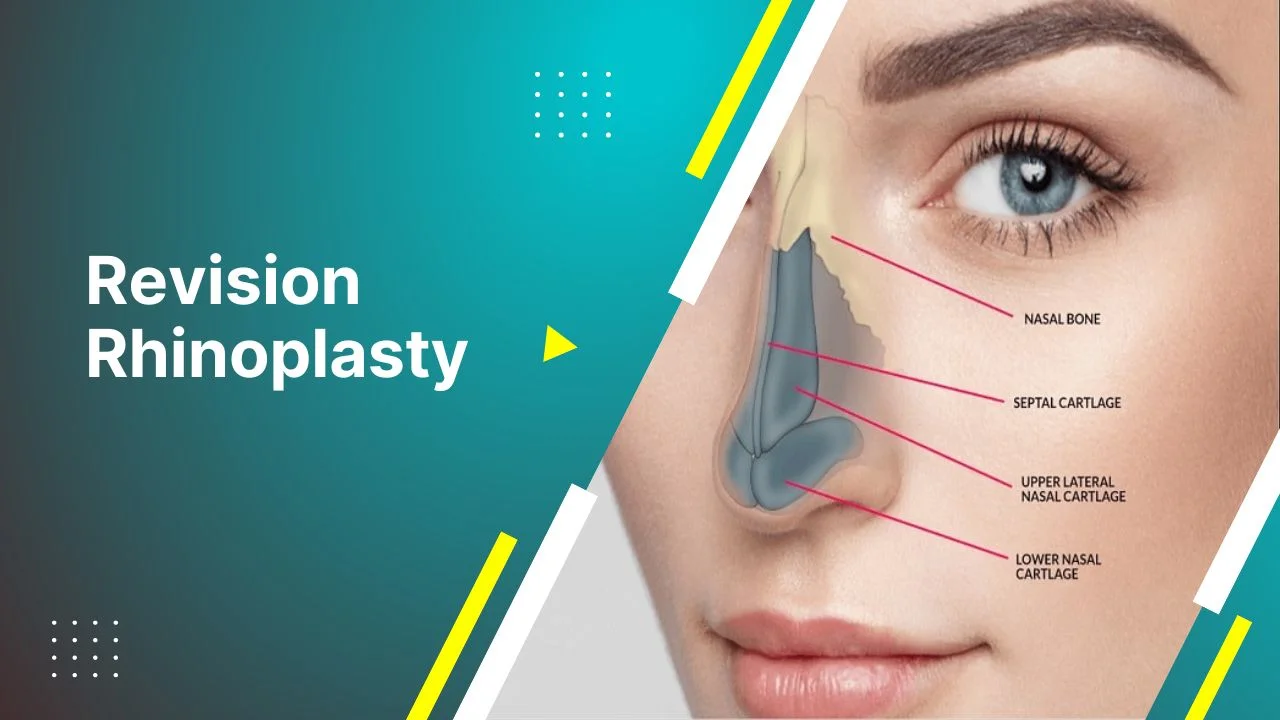Gynecomastia is a common condition that affects many men, causing the enlargement of breast tissue. This blog will delve into the definition and main symptoms of gynecomastia, the role of hormonal changes, age-related formation factors, and its association with medications and medical conditions.
Gynecomastia Definition and Main Symptoms
Gynecomastia is the benign enlargement of breast tissue in males, often resulting from an imbalance between the hormones estrogen and testosterone.
- Definition: Gynecomastia refers to the development of glandular breast tissue in males, which can occur in one or both breasts.
- Main Symptoms: The primary symptom of gynecomastia is the swelling of breast tissue. Other symptoms may include breast tenderness and sensitivity.
The Role of Hormonal Changes in Gynecomastia
Hormonal imbalances are the most common cause of gynecomastia. Here’s how these changes can lead to the condition:
- Estrogen and Testosterone: Estrogen promotes the growth of breast tissue, while testosterone inhibits it. An imbalance, with higher estrogen or lower testosterone levels, can result in gynecomastia.
- Puberty: During puberty, hormonal fluctuations can lead to temporary gynecomastia, which usually resolves on its own.
- Aging: As men age, testosterone levels naturally decline, and estrogen levels may rise, increasing the risk of gynecomastia.
Age-related Gynecomastia Formation Factors
Different life stages can influence the development of gynecomastia due to varying hormonal levels:
- Infants: Newborns may experience temporary gynecomastia due to maternal estrogen.
- Adolescents: Teenage boys commonly experience gynecomastia due to the hormonal changes of puberty. This typically resolves within six months to two years.
- Adults: In older men, decreased testosterone production and other health issues can contribute to gynecomastia.
Gynecomastia Associated with Medications and Medical Conditions
Certain medications and medical conditions can also lead to the development of gynecomastia:
- Medications: Drugs such as anti-androgens, anabolic steroids, HIV medication, anti-anxiety medications, and certain heart medications can cause gynecomastia.
- Medical Conditions: Health issues like hypogonadism, hyperthyroidism, kidney failure, liver disease, and tumors can disrupt hormonal balance, leading to gynecomastia.
- Substance Abuse: Alcohol, marijuana, heroin, and methadone use can also contribute to the condition.
Gynecomastia is a condition characterized by the enlargement of male breast tissue, primarily due to hormonal imbalances. It can occur at any age and is influenced by factors such as puberty, aging, medications, and underlying medical conditions. Understanding the causes and symptoms of gynecomastia is crucial for diagnosis and treatment. If you suspect you have gynecomastia, consult a healthcare provider to explore your options for management and treatment.






